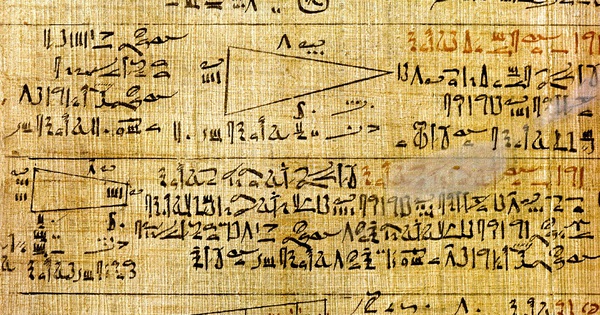Abandoned by humans on a deserted island for 200 years, house mice have evolved into a bloodthirsty carnivore
Thinking that only brutal humans can think of blood-slaying parties, eating animal brains while they are still alive. But on Gough Island, an island in the South Atlantic Ocean, this title of tyrant is reserved for rats.”gangster“.
During a number of video traps, the Royal Society for the Protection of Birds (RSPB), a UK wildlife conservation organization, captured a “gang” Rats invaded the albatross’ nest.
Their goal is to kill and eat the brains of young birds. But for the birds that are grown and able to defend themselves, the rats that can’t take them down will jump on their heads, on their stomachs and eat them.
So that every return, to the rats, is a wild feast, they will continue to eat their unfinished ration. Meanwhile, the poor seagulls were still alive but there was no way to resist.
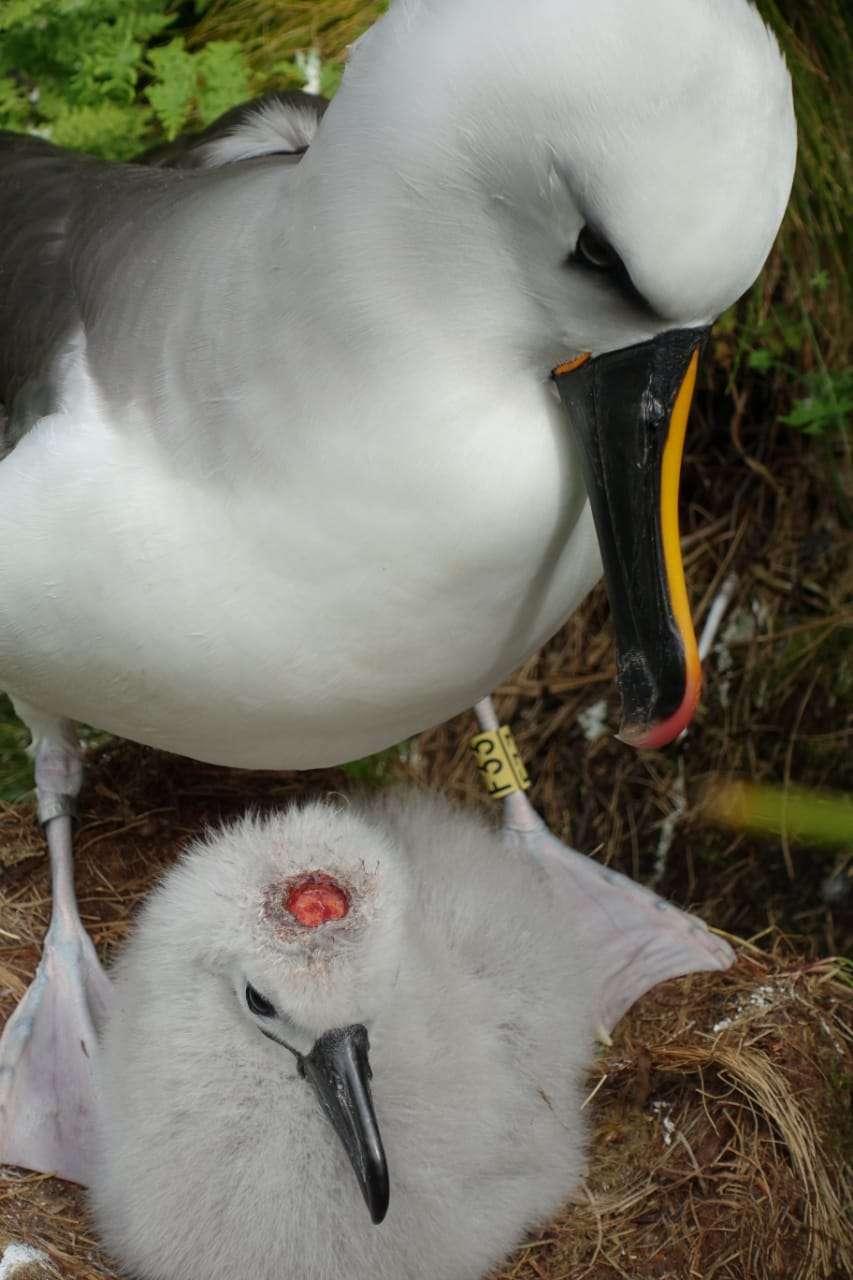
Uninvited guest
Gough Island is one of the most remote places on Earth. It lies in the middle of the South Pacific Ocean, on the line connecting the Cape of Good Hope in South Africa and the Cape Horn of Chile – the southernmost point of South America.
This island was first discovered by Portuguese sailors in the 16th century. But because of its remote geographical position, no one dared to go there and no country wanted to claim it. It was not until 1938 that the British Royal Navy set foot here and annexed Gough Island to Britain.
Before the presence of humans, Gough Island was home and a haven for the Tristan albatross (Diomedea dabbena) and the Atlantic petrel albatross (Pterodroma incerta). Almost the entire population of these two species of birds in the world resides there.
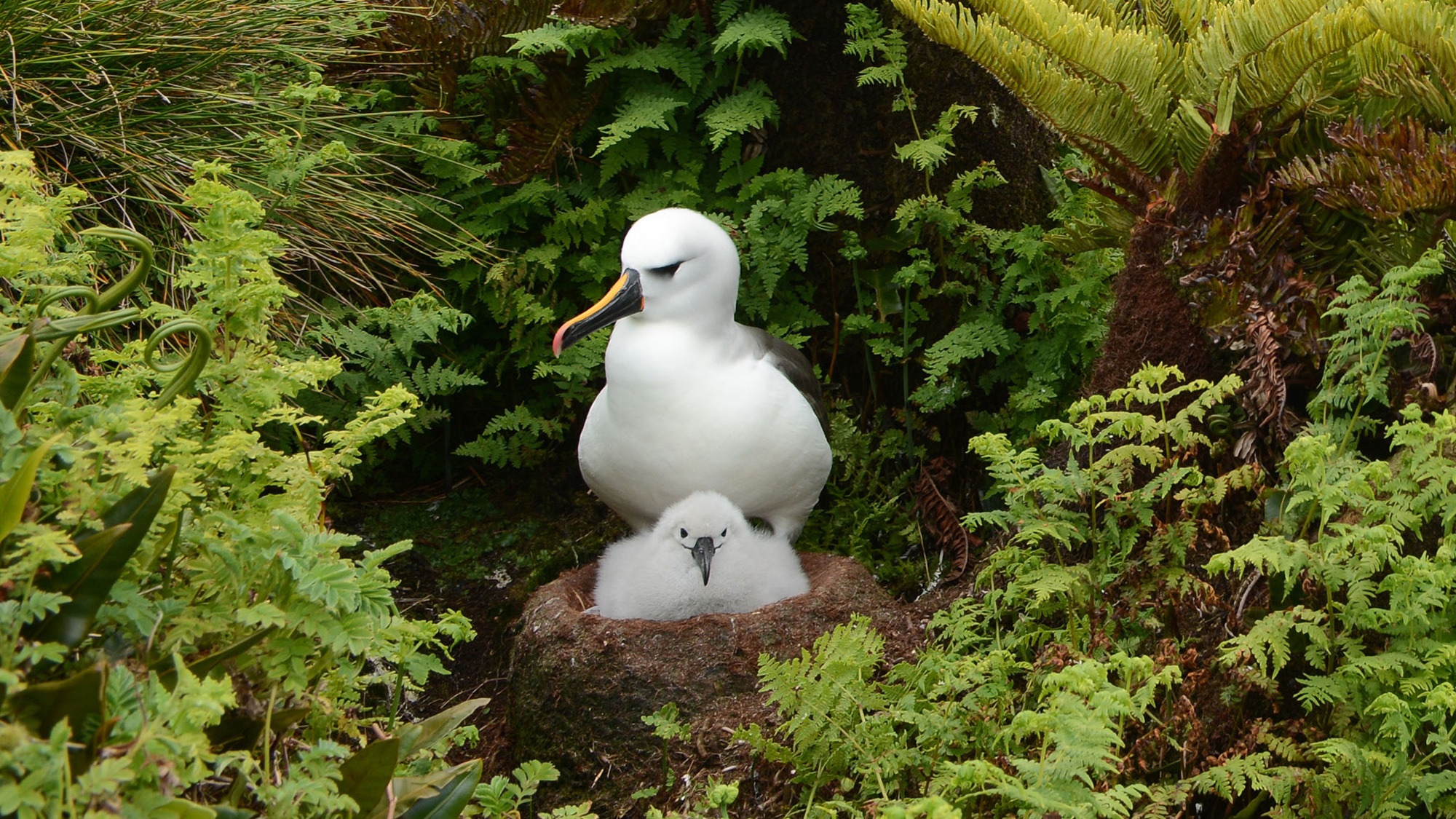
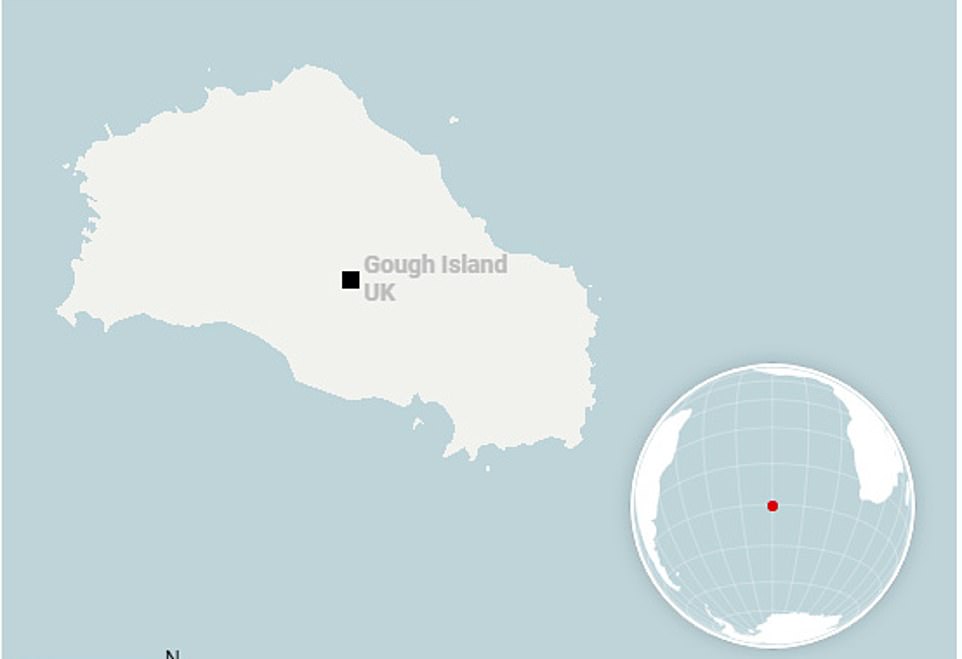
Scientists estimate that there are about 10 million birds on Gough Island belonging to 20 different species. In addition, it is home to a population of fur seals and several species of South Atlantic whales.
Gough is therefore a UNESCO World Heritage Site for being one of the least disrupted ecosystems on the planet. That was until 19th-century sailors dropped in regularly, bringing with them an uninvited guest, a dangerous invasive species: the house mouse (Mus musculus).
There are 2 million rats on the island, each one and a half times larger than normal
We know the house mouse is a wild animal, but they have evolved and adapted to living conditions close to humans, where it is easy to find food and shelter. Living with humans also means rats are protected from predators, such as snakes or hawks.
The rats then followed the sailors to the ocean liner and were sent around the world. Especially in the period of European colonization, with every land and island they set foot on, house mice also found a way to get there and stay.
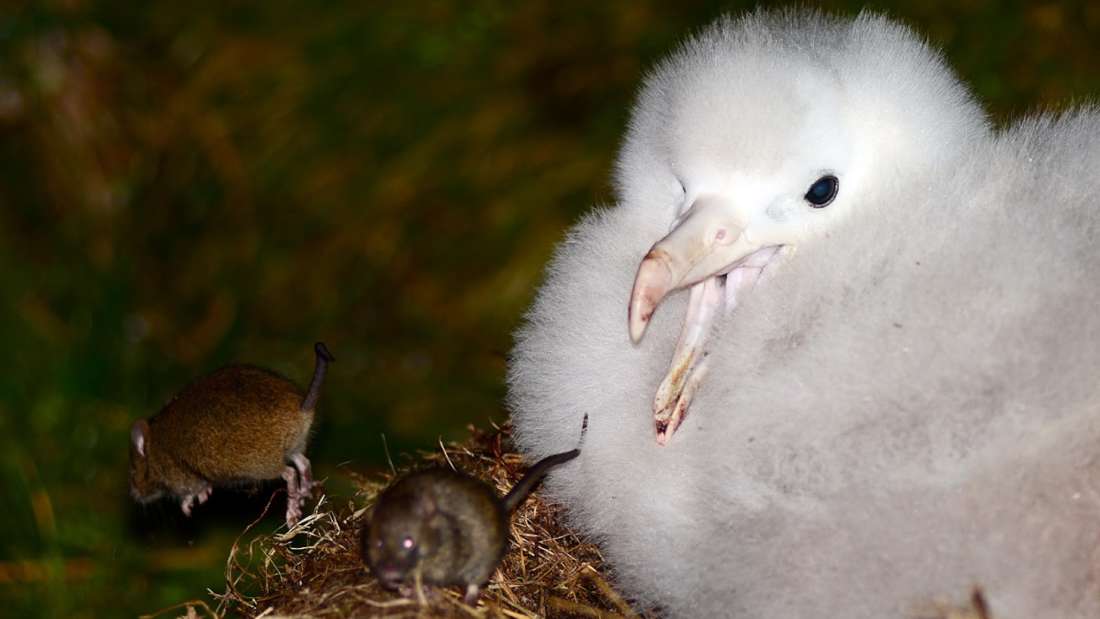
Gough Island is really just one of the victims of the rat epidemic. But this location is the typical victim and hardest hit.
Since the house mice came here, they have evolved to get bigger. A house mouse on Gough Island must be one and a half times the size of a normal house mouse. They can reach a size of 10 inches (27 cm), including the tail.
Since the island is uninhabited, house mice are forced to return to feeding in the wild. And on Gough Island there are bird eggs and young albatrosses that they can kill.
With no natural enemies on an island in the middle of the South Atlantic, house mice are free to thrive. In the summer, their population density can reach 300 animals per hectare. That means on Gough Island, 65 square kilometers, there must be 1.9 million rats in all.
And it’s a nightmare for the seagulls that are nesting and laying eggs here.
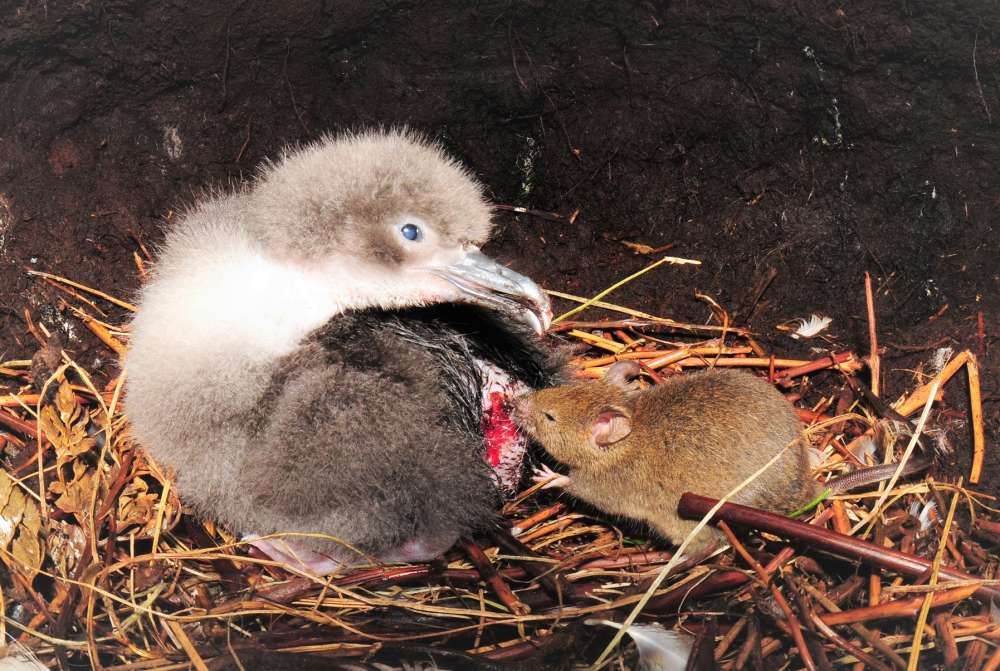
Bloodthirsty Satans have turned heaven into hell
Rat events that attack albatrosses have been recorded on Midway Atoll in the North Pacific. On Gough Island, after years of being cute and gnawing on tubers on the island, the rats overgrown their food, and they were forced to turn to hunting albatrosses.
But things don’t stop there. In recent years, the Royal Society for the Protection of Birds has reported that house rats on Gough Island have begun to attack adult albatrosses.
Birds up to 1 m tall and 300 times heavier than mice are also gathered and eaten by them. During the attacks of the seagulls’ nests, the rats often follow the “gang” of up to 10 animals. They often preen the albatross’ feathers and scalp and belly skin, before returning many times to feed on the brains and intestines of the ill-fated birds.
Gang of Rats Attacking Seagulls on Gough . Island
In 2004, Ross Wanless – a scientist at the University of Cape Town, South Africa set up an infrared camera to track 300 Tristan albatross nests on Gough Island. The results showed that the rats attacked and killed 256 of them.
Although the total population of 20 bird species on Gough Island amounts to 10 million, only about 2,000 Tristan albatrosses are left alive today. Scientists are therefore concerned that the house mouse could hasten the extinction of this albatross species.
They estimate the rats killed adult birds and shed more than 2 million bird eggs on Gough Island. The survival rate of young birds also decreased from 70% to 27%.
Chris Jones, an assistant in the RSPB’s albatross conservation program said: “Rat attacks on adult birds can wreak havoc on a population’s chances of survival, as each of these birds can lay dozens of eggs over their lifetime.”
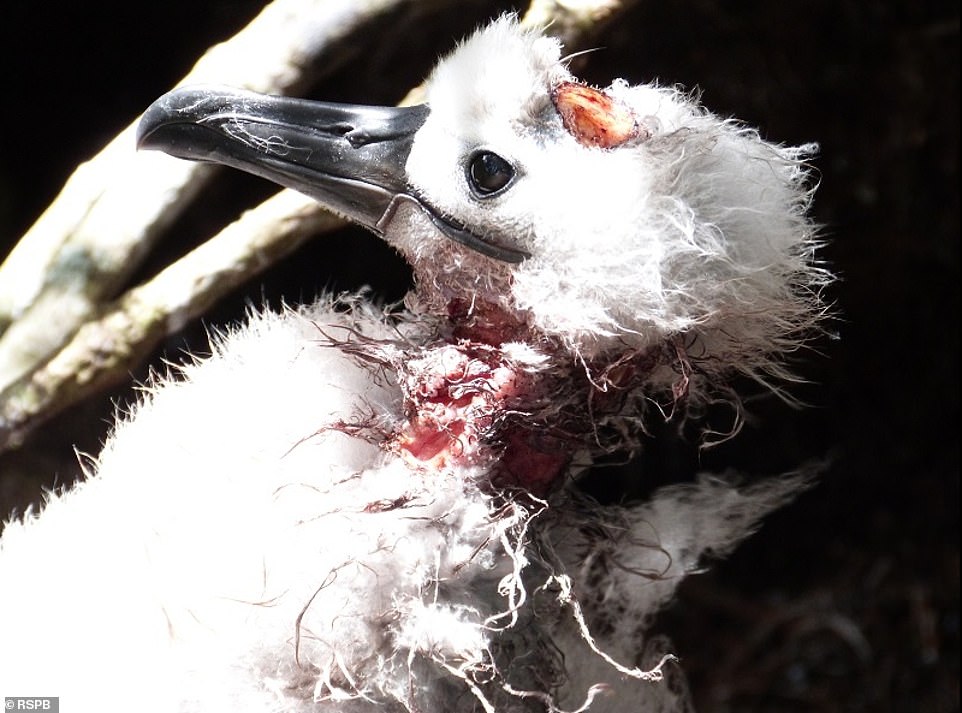
We know seagulls are lifelong mates, and they lay an egg every 2 years. So, to protect these creatures from the bloodthirsty rats, the RSPB launched a plan to exterminate all the rats on Gough Island.
Last year, they used helicopters to drop grain containing rat bait on the island. The program was funded up to £ 9.2 million, but by the end of 2021 was judged to be a failure.
That’s because scientists found rats that had eaten bait on Gough Island but were still alive. This island, therefore, remains a hell with seagulls as long as the bloodthirsty satanic rats are there.
Refer Iflscience, Nationalgeographic
at Blogtuan.info – Source: genk.vn – Read the original article here
